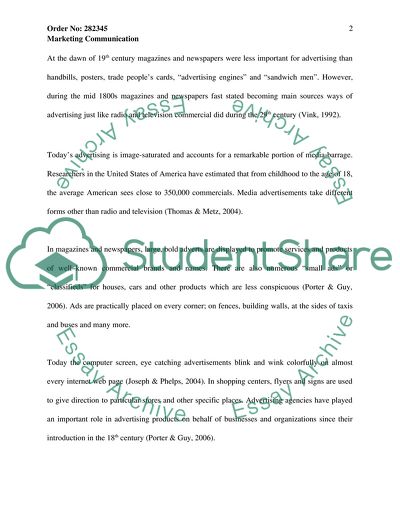Cite this document
(Marketing Communication Assignment Example | Topics and Well Written Essays - 2250 words, n.d.)
Marketing Communication Assignment Example | Topics and Well Written Essays - 2250 words. Retrieved from https://studentshare.org/marketing/1721835-marketing-communication
Marketing Communication Assignment Example | Topics and Well Written Essays - 2250 words. Retrieved from https://studentshare.org/marketing/1721835-marketing-communication
(Marketing Communication Assignment Example | Topics and Well Written Essays - 2250 Words)
Marketing Communication Assignment Example | Topics and Well Written Essays - 2250 Words. https://studentshare.org/marketing/1721835-marketing-communication.
Marketing Communication Assignment Example | Topics and Well Written Essays - 2250 Words. https://studentshare.org/marketing/1721835-marketing-communication.
“Marketing Communication Assignment Example | Topics and Well Written Essays - 2250 Words”, n.d. https://studentshare.org/marketing/1721835-marketing-communication.


